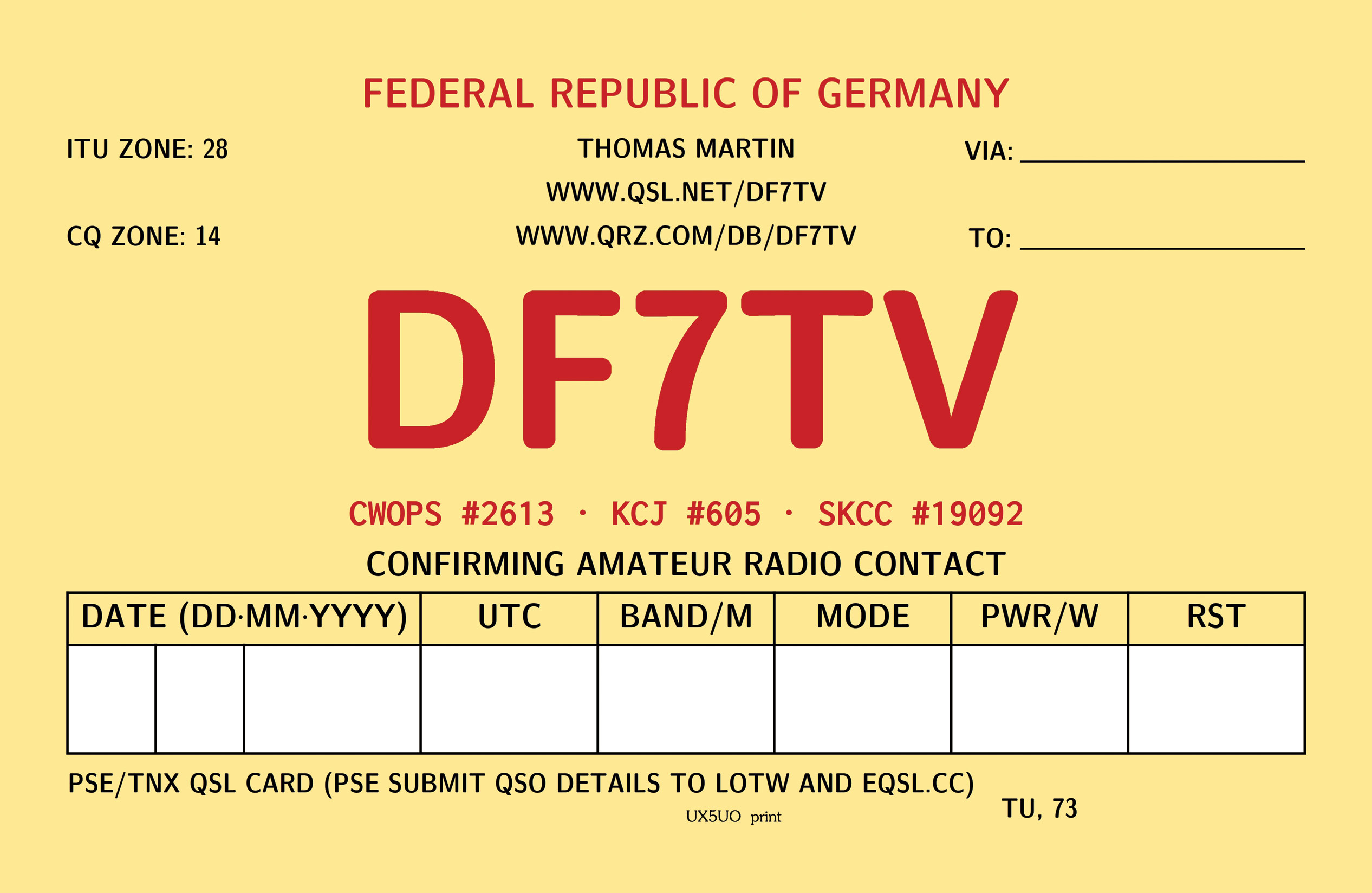
My 'on the air' name is Tom and these pages are dedicated to amateur radio.
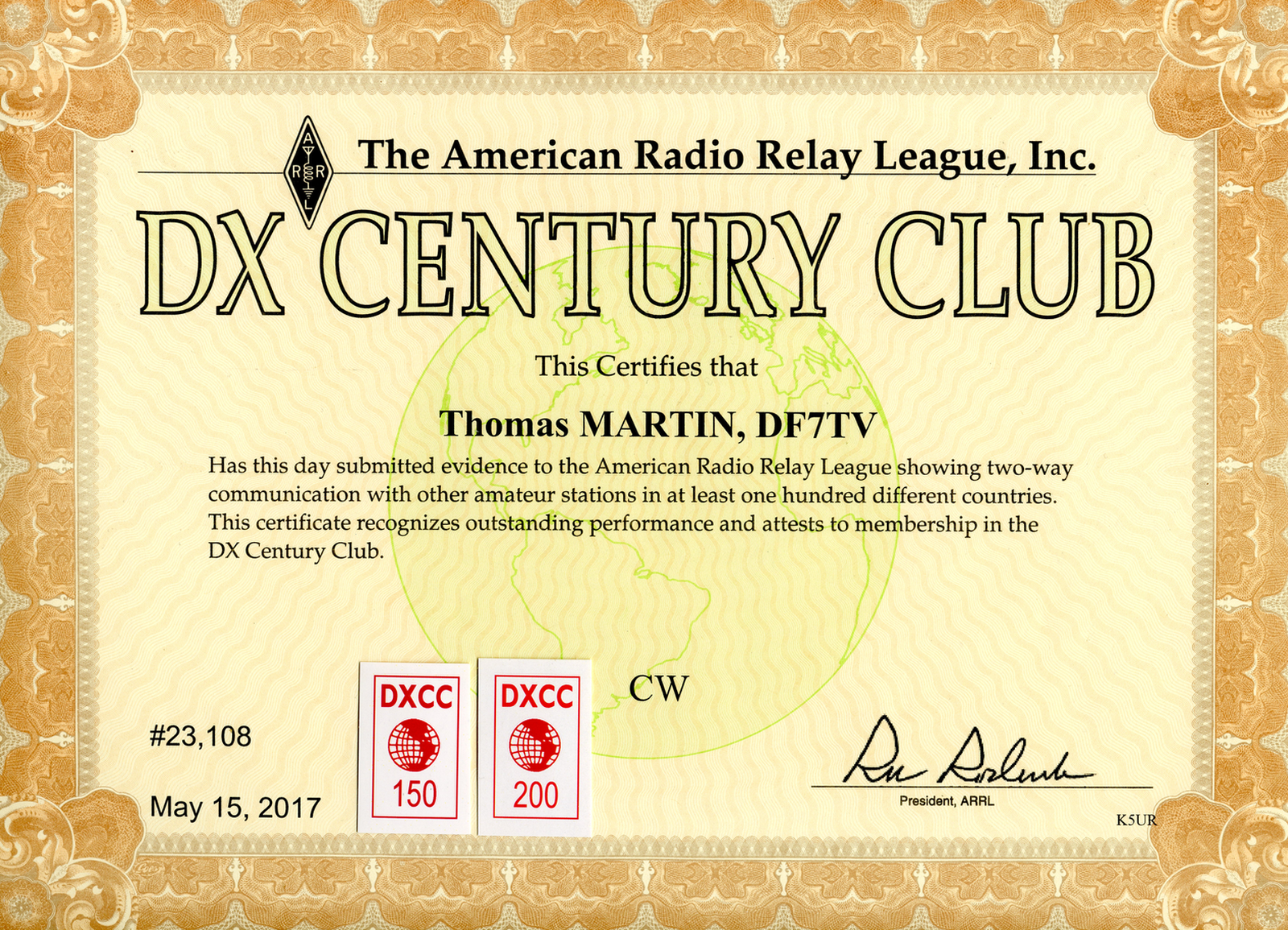
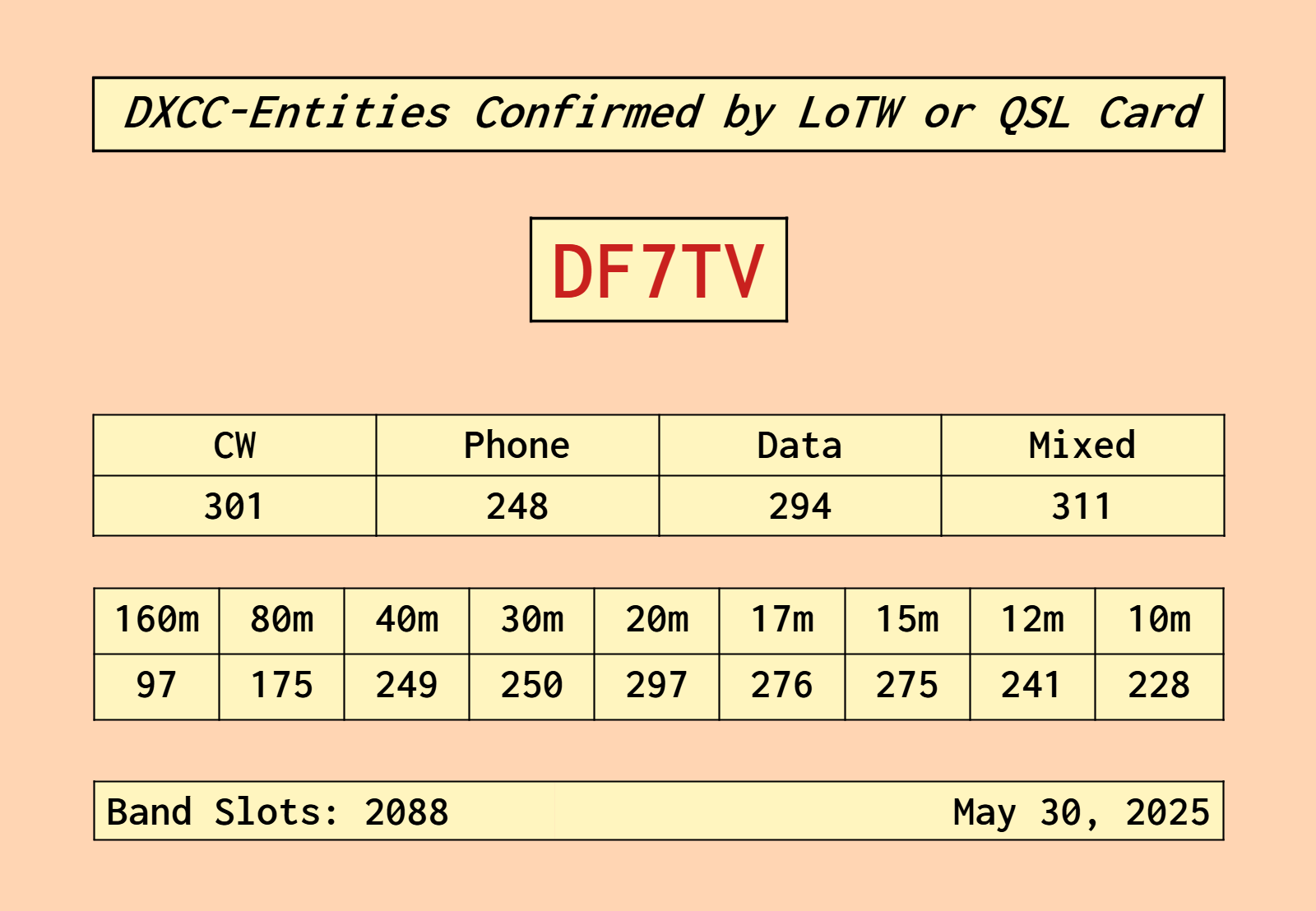
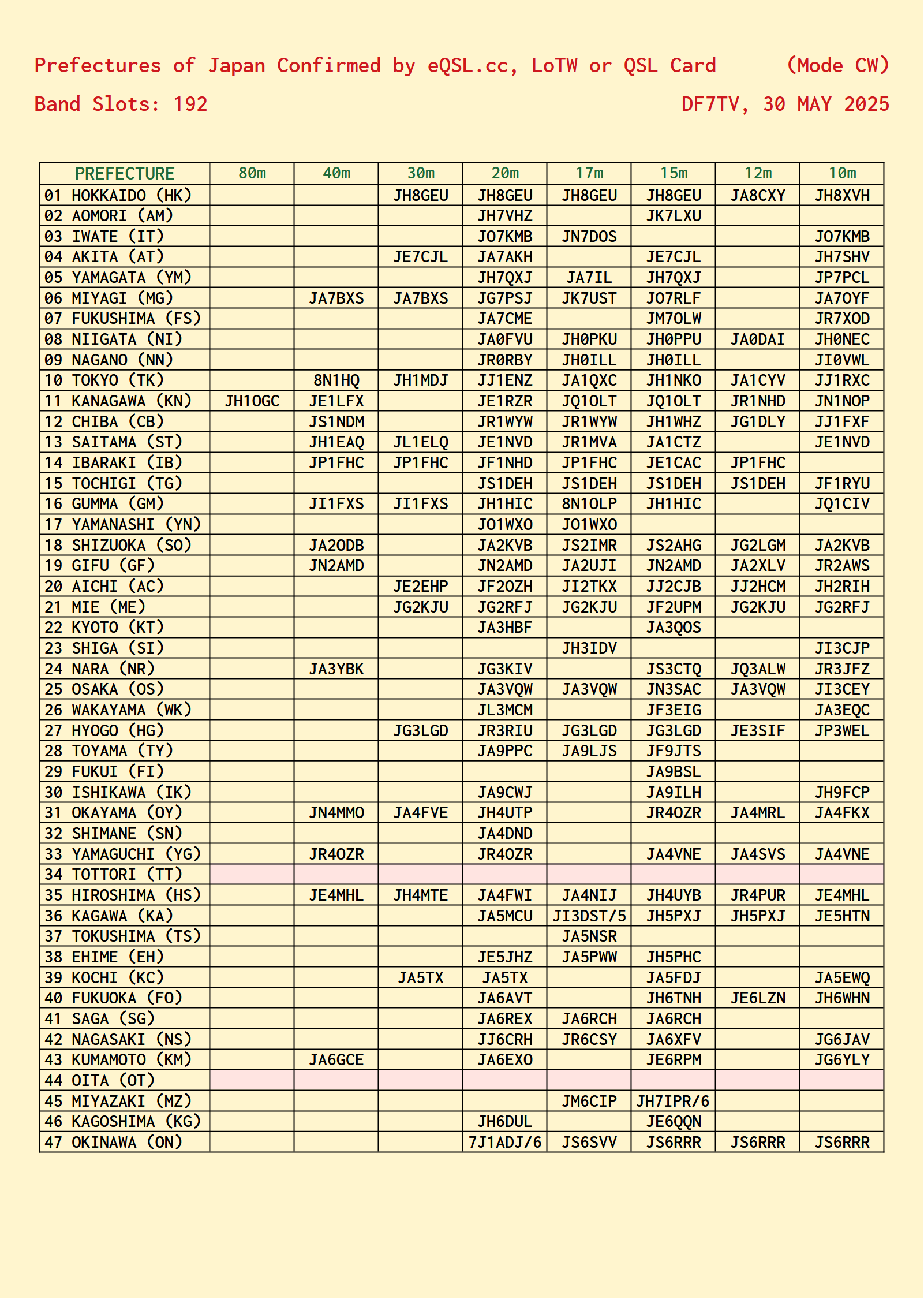
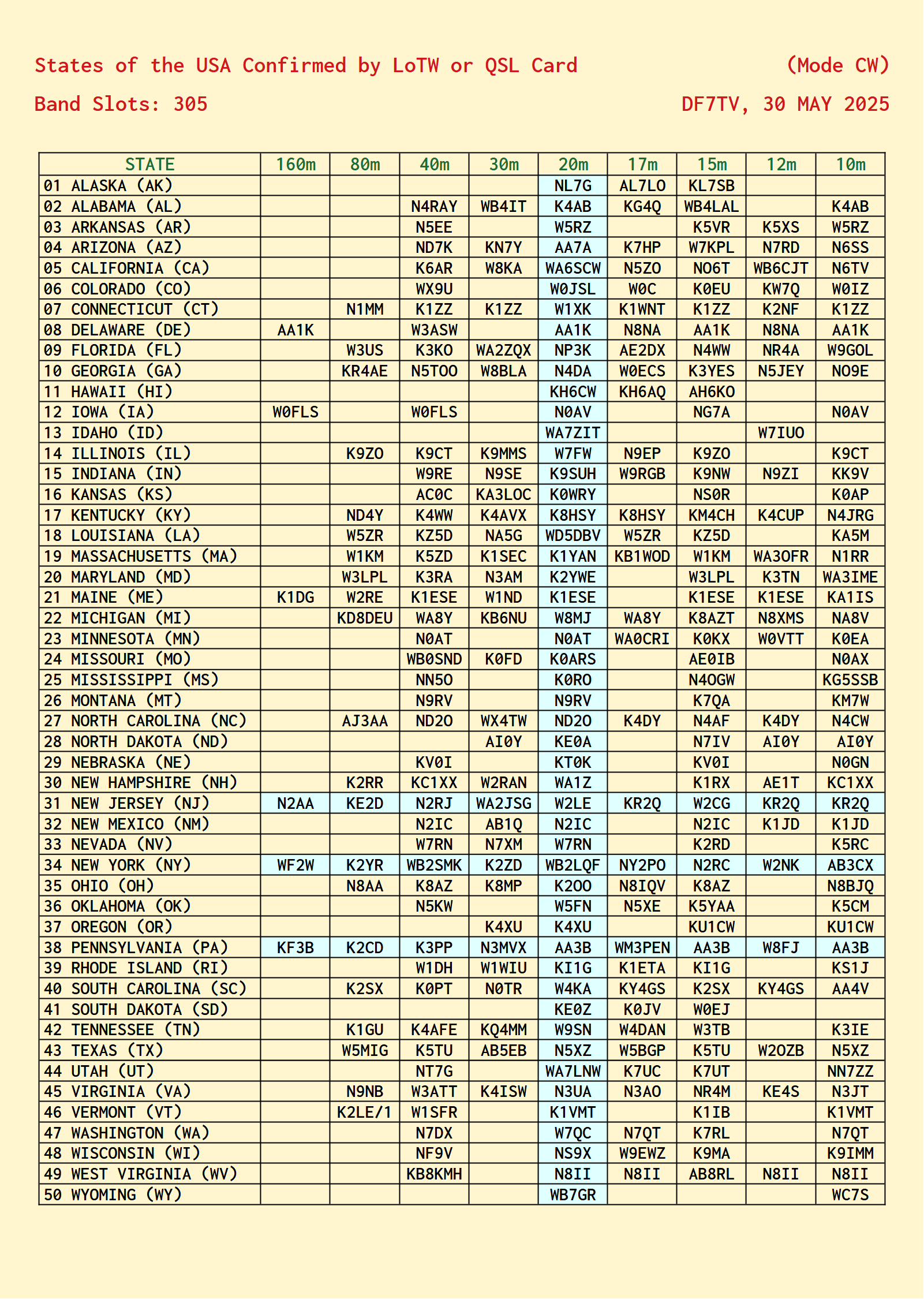

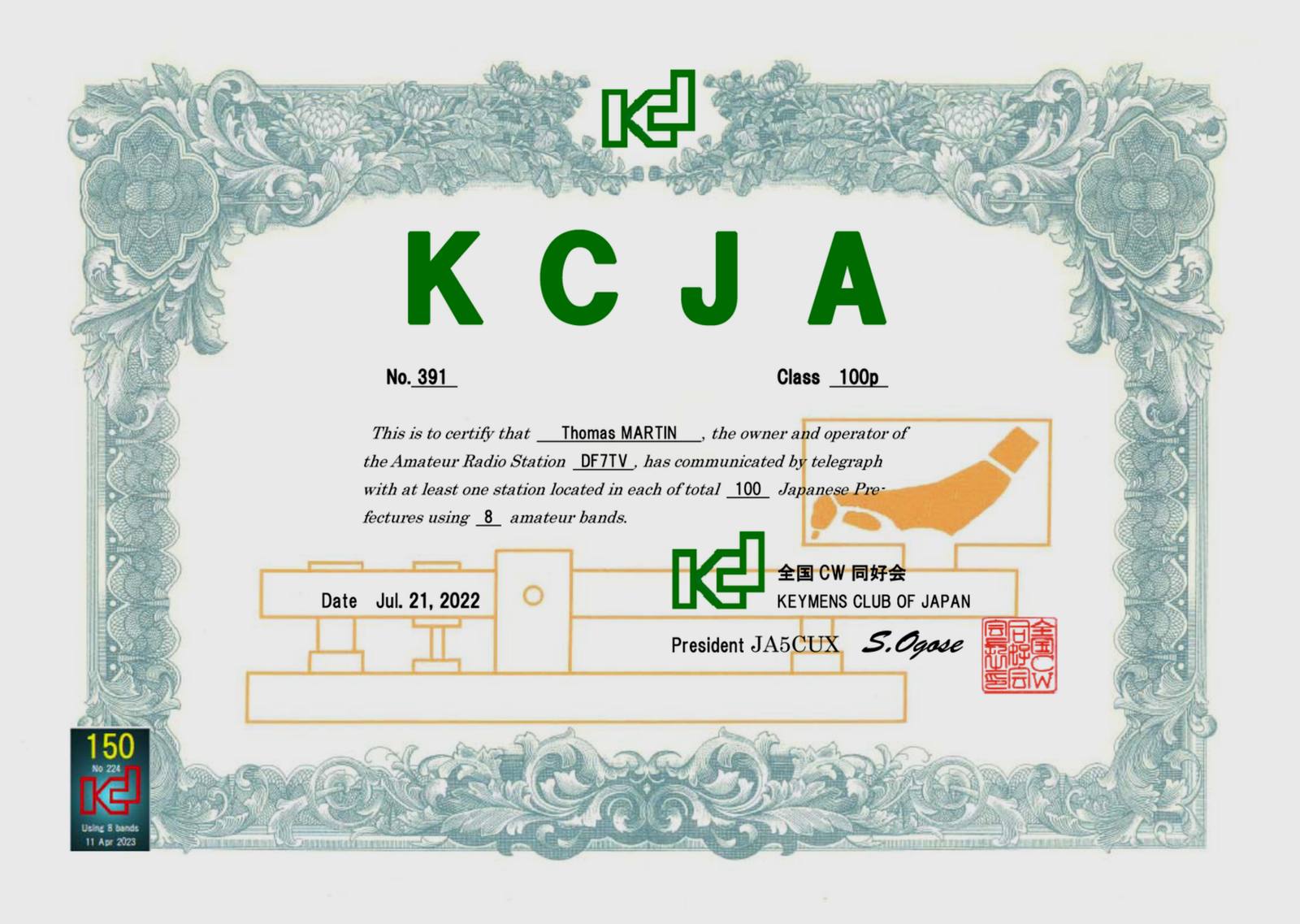
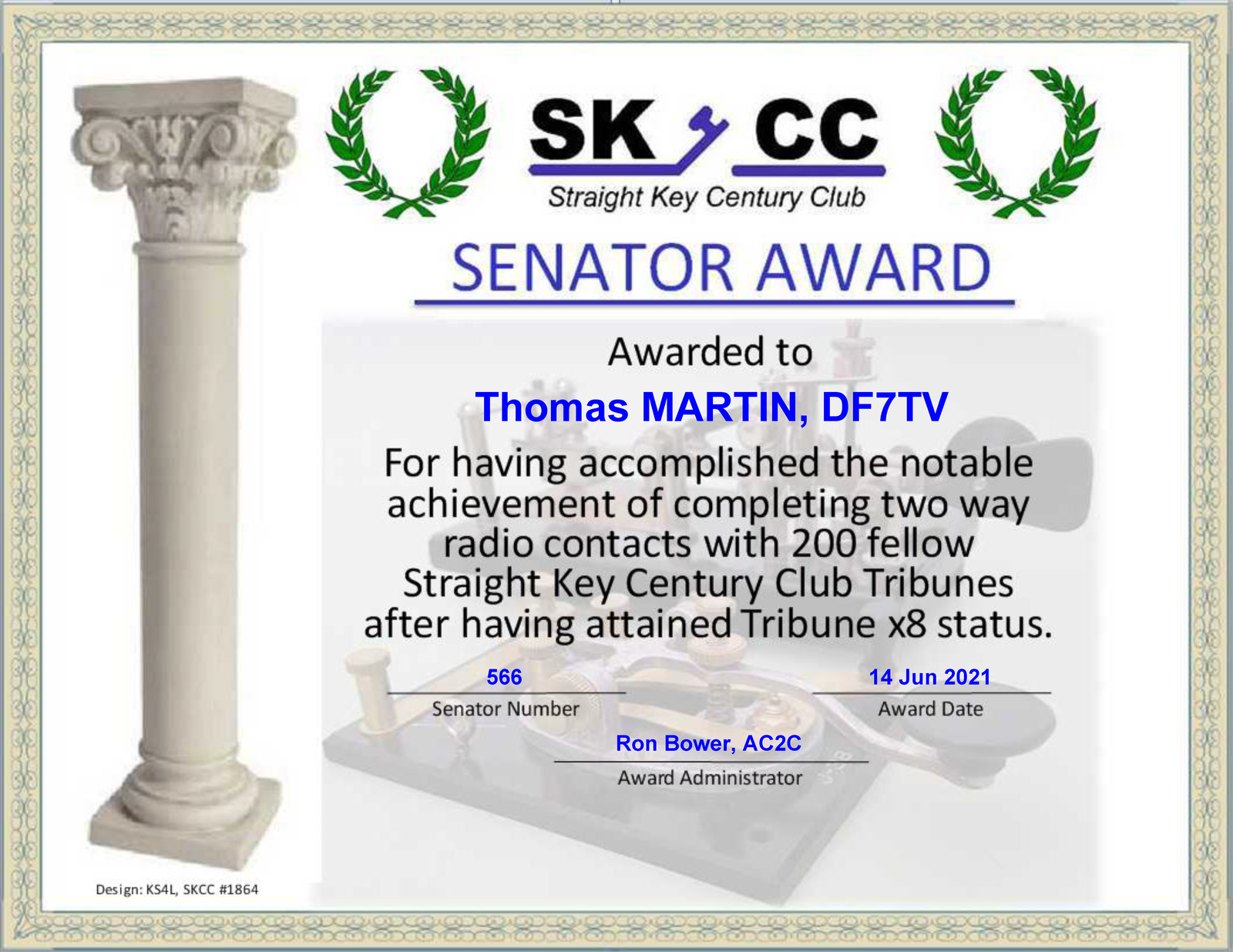
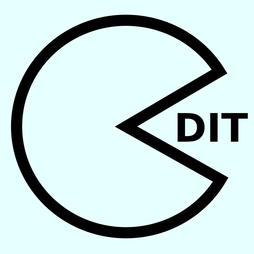
Morse Code Training
shows a way of improving Morse Code proficiency at speeds above 25 wpm.
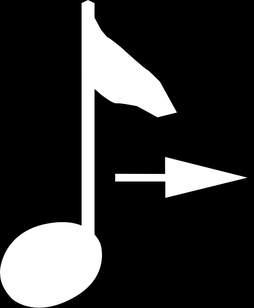
Morse Code Processing presents some circuits and software related to Morse Code signals.
The sineCW60 — Regenerative Code Practice Oscillator (software) provides a configurable Morse Code monitor tone of high-quality. KeySWcw — Astable Multivibrator with Key Input may be applied to provide a suitable input signal to sineCW60. KeySWcw can be keyed by a straight key or by an electronic keyer.
The WK3 WinKeyer Side Tone Output Modification to the K1EL WK3 WinKeyer provides a square wave monitor tone via a 3.5mm 3-pole output jack.
An RF Bias-Tee has been designed and built for a local club station. It includes a cascade of four inductors (L1 to L4), optimized to result in a high-impedance broadband choke (1 to 150 MHz).
Frank M Doerenberg, N4SPP provides in-depth information and extensive references on the Multi Band End-Fed Antenna. His publication helped a lot during the design and construction of a 160 meter band Sloping End-Fed Half-Wave (EFHW) Receiving Antenna at a local club station.
For a while, I have been experimenting with the K3NG Arduino CW Keyer. This keyer includes the option to set the keyer speed by a rotary encoder. In the original code, you may choose between "Full-Step" and "Half-Step" transition tables for the encoder. I have written additional code for a "Quarter-Step" state transition table. It is published as Quarter-Step_State_Transition_Table_for_Standard_Quadrature_2-Bit_Gray_Code_Rotary_Encoders.pdf. This code seems to support my rotary encoder (Grayhill 61C11-01-08-02) in a better way.
Wes Hayward, W7ZOI described (ARRL QST Magazine, June 2001) an RF power meter based on the AD8307 Logarithmic Amplifier and inspired me to build my PM8307.